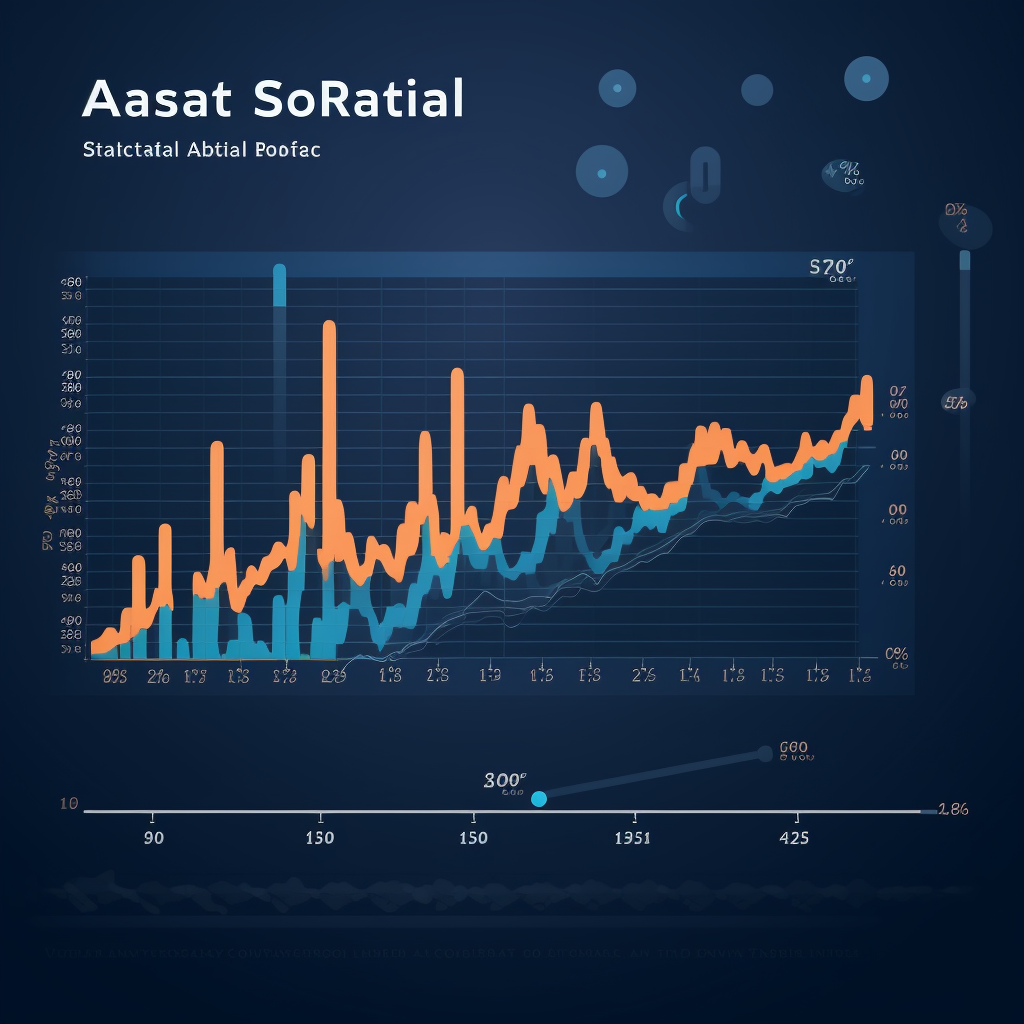share
In the modern-day business landscape, where consumers’ needs are constantly changing due to outside forces like inflation and ever-rising living costs, it is crucial that businesses worldwide monitor fluctuations in this sphere closely. It is no news to anybody that trends and buying tendencies dictate the way people conduct their business, but we can not stress the importance that trend watching has in the year 2024 enough.
Over the past few years, the market has become gradually more volatile, and many businesses are failing due to poor management and late execution of trends. The ability to accurately pinpoint the upcoming trends and devise a strategy to act upon them in time is no longer a luxury but a necessity. Your ability to connect with your target audience on a deeper, more personalized level is what is going to set you apart from the competition.
All this and more is why we have decided to take it upon ourselves to bring you the most important trends of 2024. This research is supported by Statista data and is a fool-proof guide to marketing in the new year!
While the statistics and trends we are about to discuss in this article do not directly involve any particular business with cryptocurrency or fintech, we think it would be beneficial for all marketing experts to know these upcoming trends!
Value Over Volume, Rising Cost-Of-Living, and How Consumers Overcome Trials and Tribulation
We have all felt the hit of the rising cost of living hard these past few years, and there is little sign of it slowing down. Households worldwide are shifting to a double-income strategy to make up for the rising prices of groceries, rent, utilities, and gas. This is not to mention how, in recent years, the apparel industry has been racking up its price tags dramatically. Well, when there is a way, there is a will; people keep finding new and improved ways to sustain a comfortable living in such a shifting economic landscape.
Welcome, value over volume! More and more buyers nowadays are striving away from fast-fashion brands and disposable waste products in return for artisanal, natural, local, and, most importantly, sustainable products. Buyers now prioritize long-lasting, efficient spending habits to make up for the ever-increasing cost of living.
According to Statista, almost 20% of consumers express concerns about their ability to cover essential bills. This sentiment goes further than budgetary constraints, though. Many people have expressed that they could easily lose interest and trust in a company that tries to profit off of a difficult world situation. Hence, brands and companies in the coming months need to be highly vigilant towards this and keep an eye out on the general public sentiment towards them. Unexpected rises in prices can be later remembered, and your company can be held accountable when the storm blows over.
Quite interestingly, though, as Statista points out, it is not the newest generation of people or Gen Z that are experiencing the blunt effects of the economic hit. According to their data and surveys, the Baby Boom generation is slowly coming into their 70s. Around 60% of the older generation have expressed that they now have to shift to more frugal choices.
In this phase of uncertainty, buyers surprisingly choose higher-end, premium products in some spheres. A majority of buyers share the sentiment that if they spend high amounts of money on a premium product, it is guaranteed to last them longer while making the most bang for their buck. Additionally, buyers are more inclined towards buying secondhand nowadays than ever. The balance of price and quality has led the market to a more sustainable living.

How Can Your Business Capitalize on This Trend?
The main takeaway from this part of the article is to try to make your product as unique as possible. Seek opportunities to raise the quality of your product so that people will put it in a higher regard than the rest.
Try to capitalize on the individual aspects of each generation that you are marketing towards. This will not only guarantee that the product feels more premium and personalized to them but will also take into account specific marketing strategies your business may use to sway one or more generations under your flag.
Reduce carbon footprint and embrace sustainable trading. Where possible, incorporate robust gas reduction technology to make your brand more eco-friendly and sustainable for the average consumer. This last aspect perfectly segways us into the next trend!
Principled Buying Habits, Sustainable Marketing, and Conscious Consumerism
More often than not, eco-friendly brands and companies are put in a higher tier than those that are not. This could not be truer today, with millions of buyers preferring ethical, sustainable brands and companies to put their money towards. This is easily explained by the buyer’s desire to live more sustainably, both economically and ethically. Most, if not all, eco-friendly products focus their strength on longevity and sustainability – traits that we have previously discussed to be desirable in the current marketing ecosystem.
Solely in the US, around 45% of buyers consider their spending to be ethical and want to strive for more eco-friendly spending habits. Enterprises worldwide need to recognize this movement and focus on effective messaging and proper mechanics to allow buyers to express their sustainability wants.
This additionally harkens back to the point we made earlier about premium products. Buyers are more likely nowadays to spend a higher amount of funds on items that are marketed as eco-friendly. For example, look towards the essentials market. More and more buyers are expressing their want to buy ethically in spheres such as fashion, food & beverages, and care & beauty, and more often than not, such buyers are willing to pay premium prices to express their ethical spending wants.
This could not be more true for the young adult generation or Gen Z. For a lot of Gen Z, sustainable and ethical buying habits are not considered a luxury but a necessity. Therefore, messaging is key in this regard. The better the brand can show itself as being eco-friendly and sustainable, the more Gen Z will flock to it.
Buyers are most comfortable associating principled buying with brands that market themselves as eco-friendly and sustainable.
As we have mentioned before, the cost of living has risen dramatically in the last few years. This has led many buyers to be conscious of their spending habits and to weigh their options when it comes to ethical buying. Yes, brands that market themselves as eco-friendly are more likely to experience growth in the coming year, but consumers are now more likely to weigh their ethical values against their budgeting constraints. Enterprises worldwide now need to find a fine balance between price and sustainability.
Capitalize on Ethical Buying Habits
The most important takeaway from this part of the article is how messaging and branding can lead your business to greater heights than before. We can not stress this enough, but crafting a comprehensive messaging campaign that will drive home to your target audience that your brand offers sustainable and eco-friendly business conductions is crucial in the modern landscape.
Additionally, finding the balance between pricing and sustainability is more important than ever. Enterprises that want to succeed in the new year must focus on walking the line between price and eco-friendliness.

A Final Word About the Year of Sustainability
The market worldwide is about to experience a drastic change in consumer needs. Now, it is more important than ever that aspiring and veteran enterprises worldwide notice trends and upcoming tendencies of buyers to facilitate good trade and stay on top of the competition. There are certain keys to success that every business has the opportunity to make use of. The trends discussed in this article, with the help of Statista data, are sure to be valuable to most brands.
Sustainable living and price versus quality balance are highly crucial in the new year, and we expect businesses that act upon these key features of consumer spending habits to come out on top!









